Audio, like video and images, comes in a variety of formats and forms. Uncompressed audio formats and compressed audio formats, lossless audio formats, and also some other audio formats.
Knowing your way around the audio jungle can save you time, effort, and some restless nights as a media server operator. This blog discusses uncompressed audio formats such as WAV, AIFF, and FLAC.
Introduction to Uncompressed Audio Formats
Definition and purpose of uncompressed audio formats
If there's no way to compress audio in a file, it will be in uncompressed audio formats.
We can use these most basic terms to describe the uncompressed audio formats, it is the replica of the original audio file.
Uncompress audio formats will not reduce the original audio sound quality, but you need to store it in a large space. They are file types used to store audio data without compression, ensuring the audio is preserved in its original form.
Compressed formats like MP3 or AAC sacrifice audio quality to reduce file size. Uncompressed audio formats, on the other hand, preserve all audio data for the best possible sound quality.
Uncompressed audio formats are designed to retain audio sound quality and provide a lossless copy of the original sound.
This is crucial for people who love music, work with sound, and want their recordings to be very precise and accurate.
Uncompressed audio formats like WAV, AIFF, and FLAC can keep all the differences and details of the audio intact. With this feature, we can reproduce the original source material in nearly exact versions.
Uncompressed audio formats are bigger in size than compressed formats, but they provide the greatest alternative for critical listening, mastering, archiving, and high-quality audio playback.
Pros of uncompressed audio formats
Uncompressed audio formats avoid data loss during file compression, ensuring a genuine reproduction of the sound.
This ensures that listeners can hear the full dynamic range, rich textures, and complex details included in the original recording. For example, if you complete a home audio setup with amplifiers and speakers, of course, you want to listen to the high sound quality music.
Uncompressed audio formats are important for music production, film soundtracks, and archiving. They preserve audio quality and provide a superior listening experience for discerning listeners.
Brief comparison with compressed audio formats
When compared to uncompressed audio formats, compressed audio formats have three distinct features.
The first is the file sizes have been reduced. Compressed formats such as MP3, AAC, and OGG cut file sizes greatly through data reduction, making them excellent for web streaming and portable media devices.
Compressed audio formats remove audio data to make files smaller, leading to a loss of audio information and reduced quality.
Compressed formats are widely supported across a wide range of devices and platforms, making them ideal for everyday use and sharing audio content online.
WAV Uncompressed Audio Formats
Waveform audio files (commonly known as WAV files) are a popular digital audio format and the industry standard in studio recording. WAV was one of the original digital audio formats and quickly became a platform standard.
Despite decades of advancement, it remains one of the world's premier pro audio formats. WAV files capture and replicate an original audio waveform at the greatest quality without distorting or changing the sound's acoustic qualities in any manner.
WAV encodes data using PCM to gain the maximum sound quality, and it will also split itself into small bits. WAV uncompressed audio formats also act as lossless audio formats, and there will be no data lost from them.
In this situation, what data you collected and recorded will be the closest mathematical/digital representation of the original audio waveform. Furthermore, there will be no obvious loss in audio quality in this procedure.
Since WAV files are also uncompressed audio formats, the material which stored in the original format and has no need to be decoded. This provides a great deal of flexibility, allowing for excellent editing and modification.
AIFF Uncompressed Audio Formats
AIFF is an abbreviation for Audio Interface File Format, an audio file format created by Apple in 1988. Its foundation is the IFF (Interchange File Format).
You are more accustomed to the MP3 format, but with AIFF, you are looking at an uncompressed audio file with higher quality than MP3.
AIFF is generally compatible with Macs and iOS devices, but it may also be played on Windows with specific media players, such as VLC.
Before reading such files, Windows appends AIFF to them, but Macs append AIFF. This means that Windows users will see the extension AIFF, whilst Mac users will get the extension AIFF.
FLAC Uncompressed Audio Formats
FLAC is an acronym for Free Lossless Audio Codec.
The word "lossless" refers to the ability to compress different file formats into FLAC. This is done so that audio files can be stored on computers without taking up unneeded space. All audio file formats may be compressed, but FLAC allows you to do so without sacrificing original sound quality.
FLAC allowed you to reduce music files to 60% of their original size without sacrificing quality. It was revolutionary in a period when computer storage capacity was scarce.
Then, here are some features of the FLAC uncompressed audio formats.
Sound Quality - FLAC files are lossless, which means they maintain all of the original recording's quality. There is no sound degradation, so you may listen to your clips exactly as they were intended.
Reduced Size - Uncompressed sound files can take up a lot of space. FLAC audio files can be compressed by up to 70% without affecting quality.
FLAC files are small, so it's quicker and simpler to send them to loved ones through cloud programs or email.
Works on practically Any Device - FLAC files can play on practically any device. These files can be played on your device without the use of any special codecs or software.
Choosing the Right Uncompressed Audio Formats
When it comes to AIFF vs WAV vs MP3, choosing which format to use is a balancing act. You must consider various elements that will differ from project to project and file to file. If you do a lot of work with music, the decision may be more difficult.
AIFF and WAV, which have nearly identical quality, will produce fantastic-sounding audio files, but they will be incredibly huge. This could be an issue if you are sharing to social media sites, which may limit the size of the total file.
However, if you are storing your files locally, the file size may not be an issue, thus WAV and AIFF files will suffice. In the end, it will be a matter of judgment.
Experimenting with different settings and file kinds will allow you to determine what will best fit your needs.


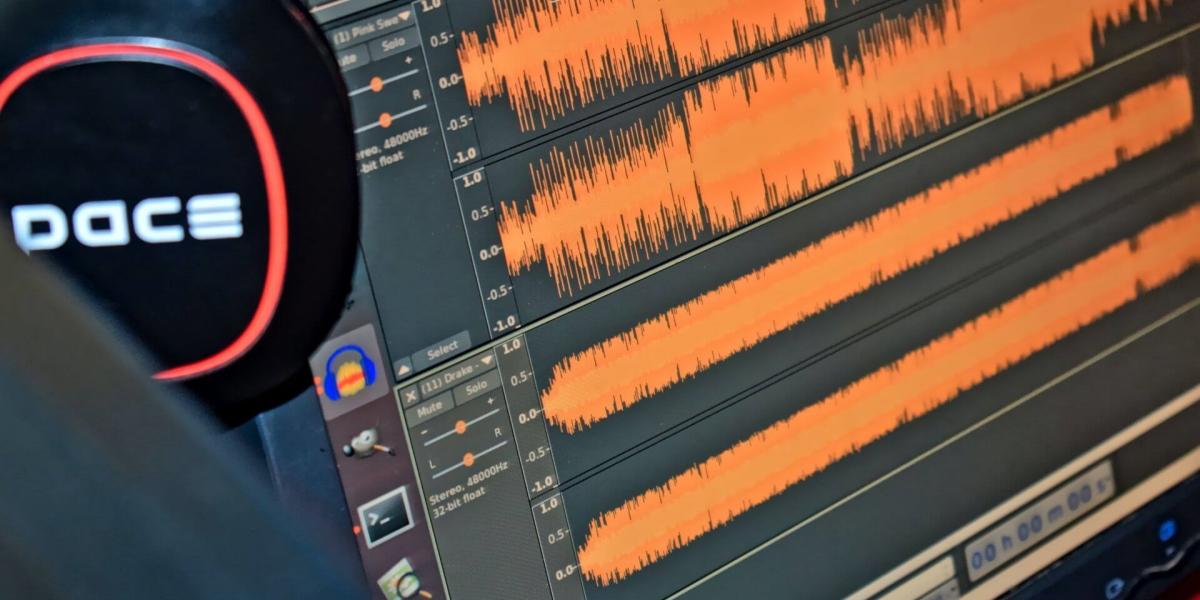
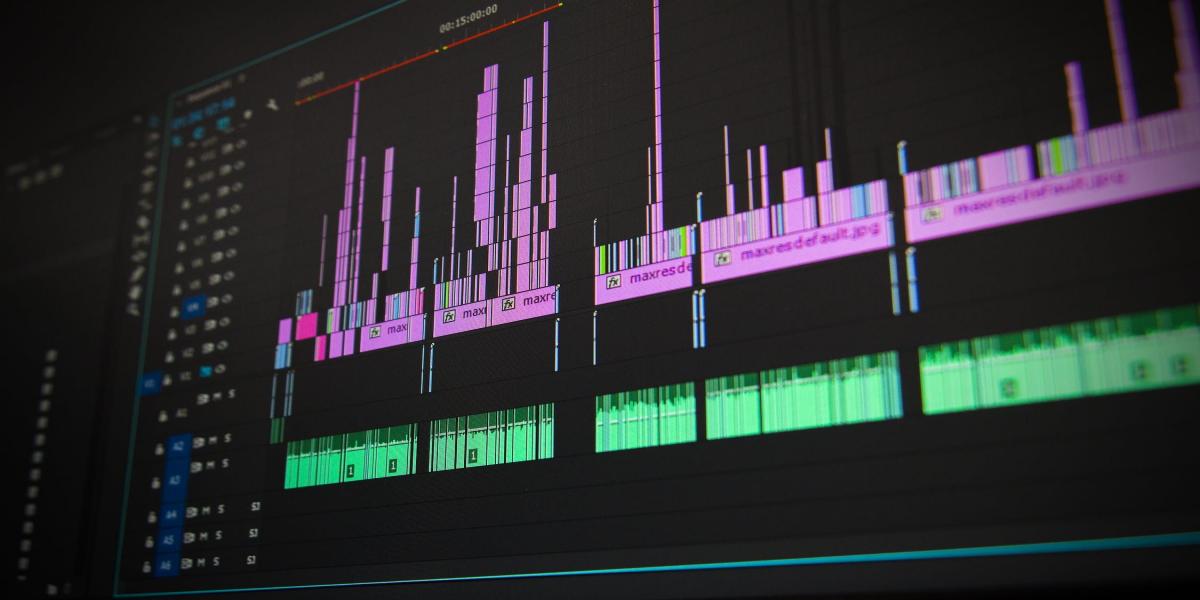

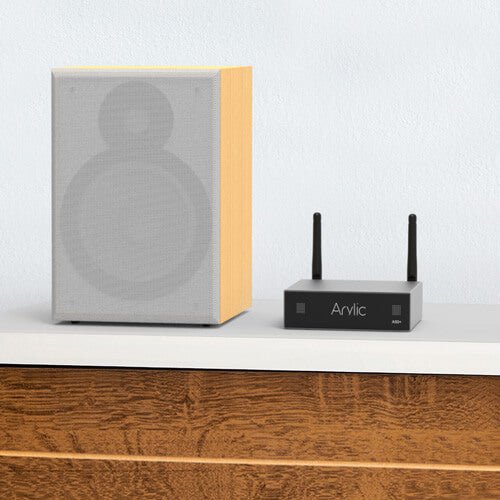

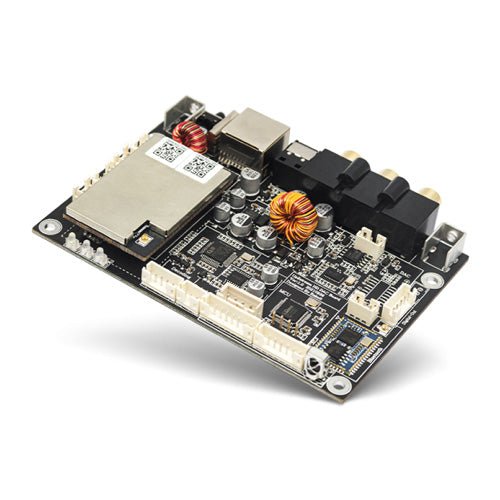


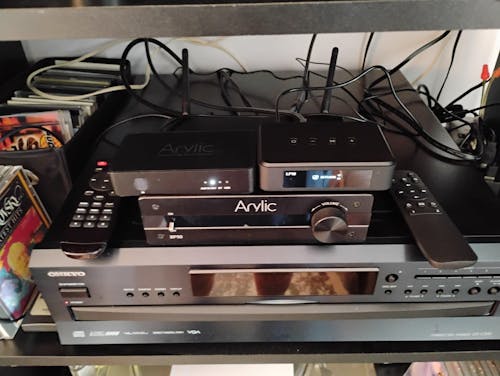



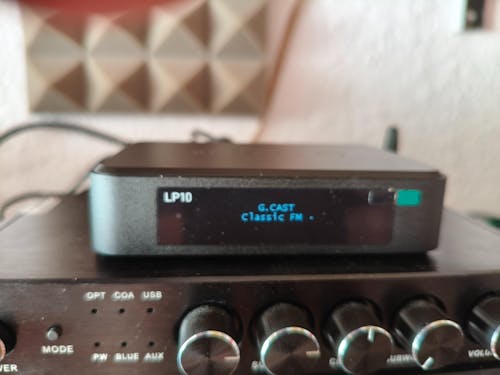


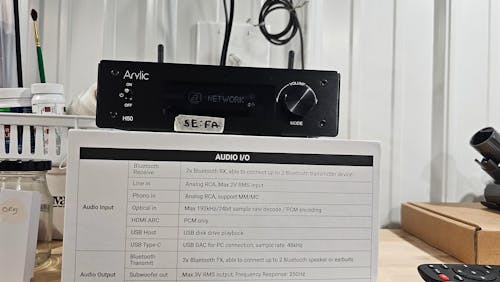

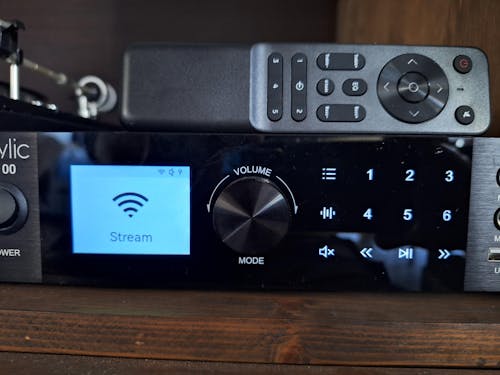



Leave a comment
All comments are moderated before being published.
This site is protected by hCaptcha and the hCaptcha Privacy Policy and Terms of Service apply.